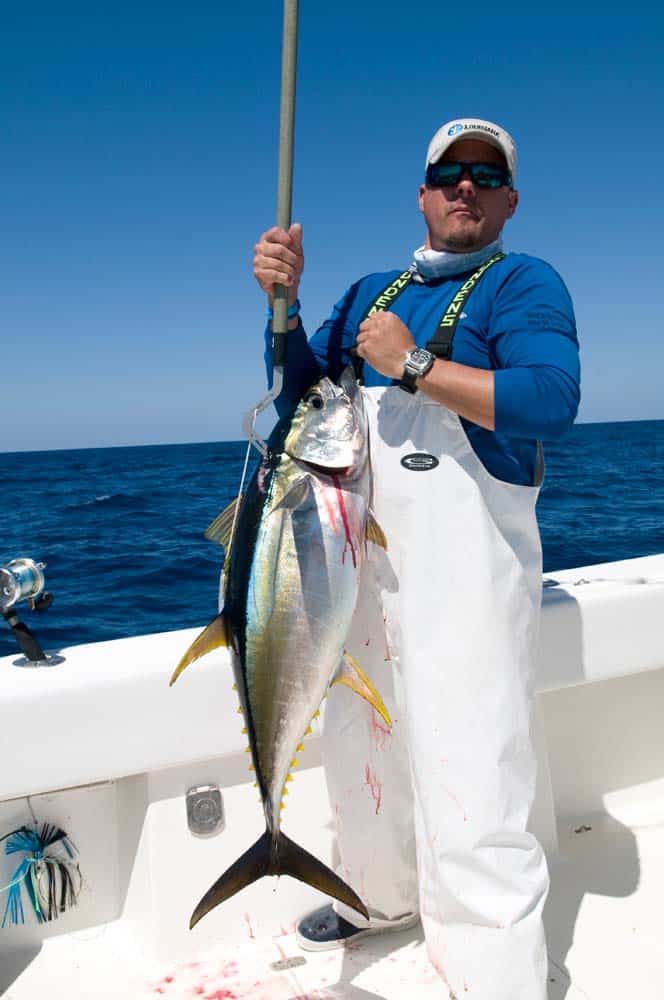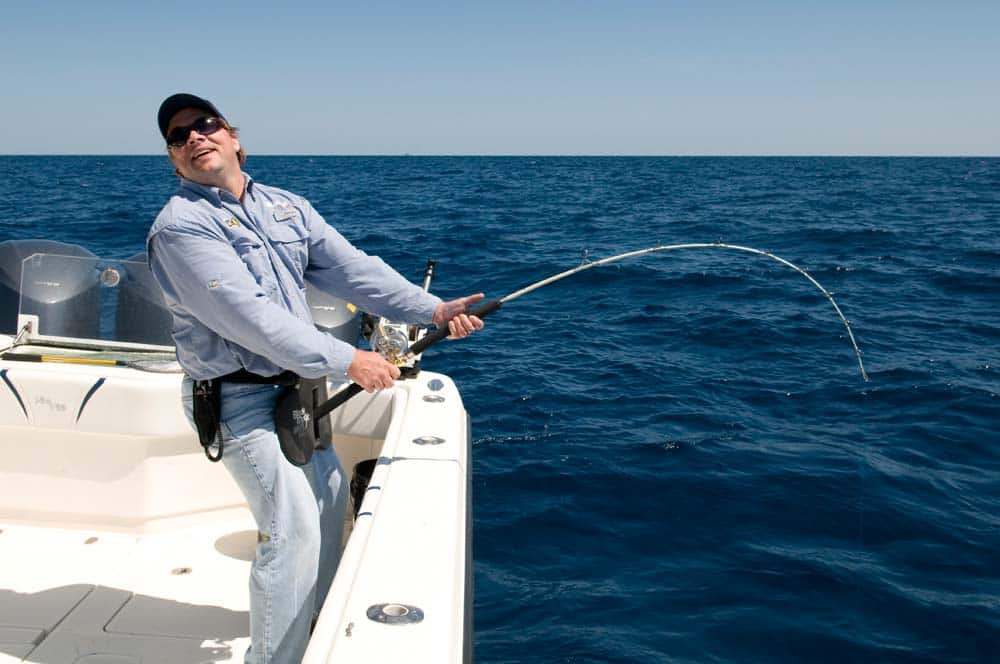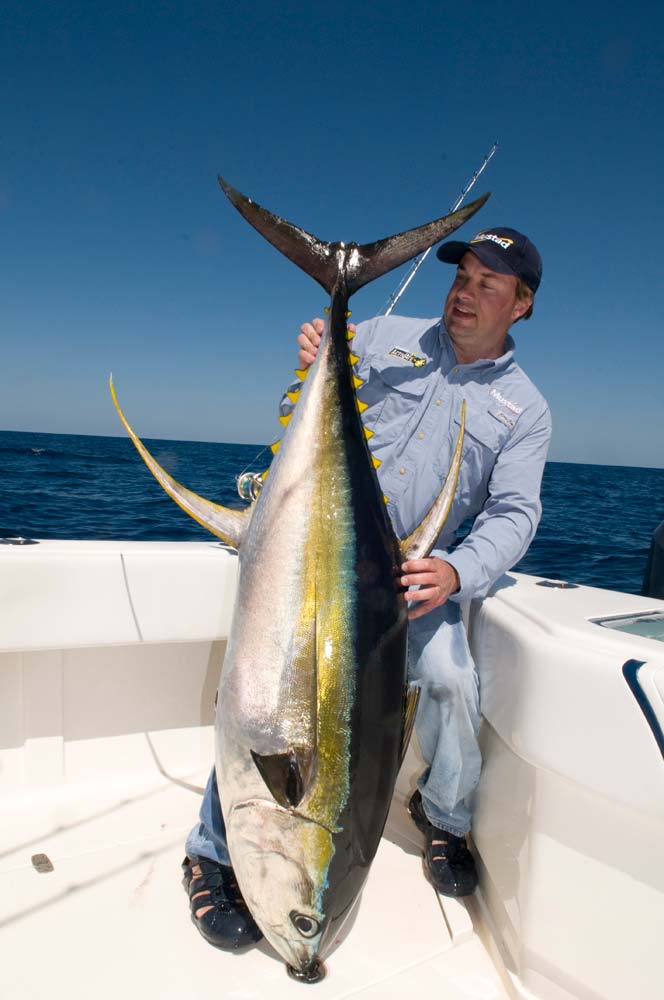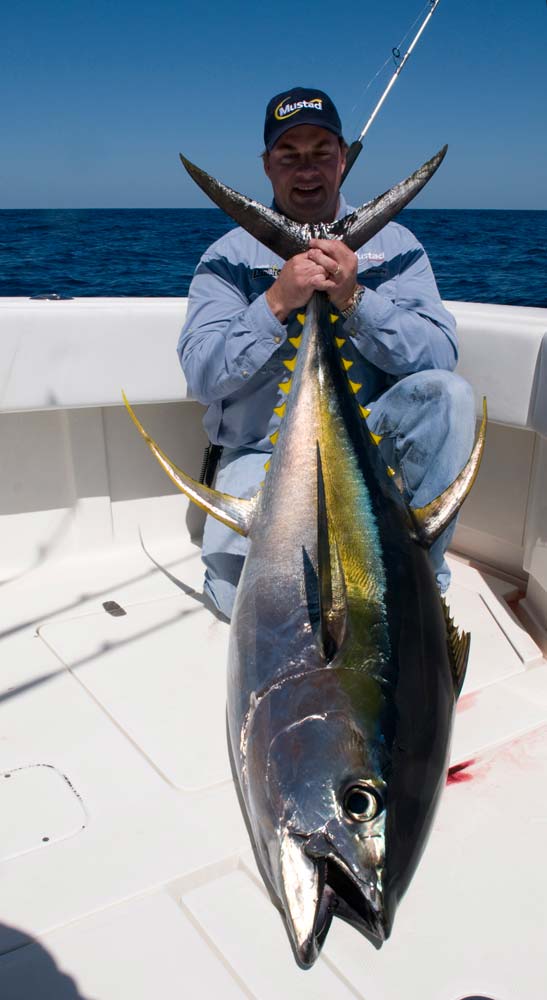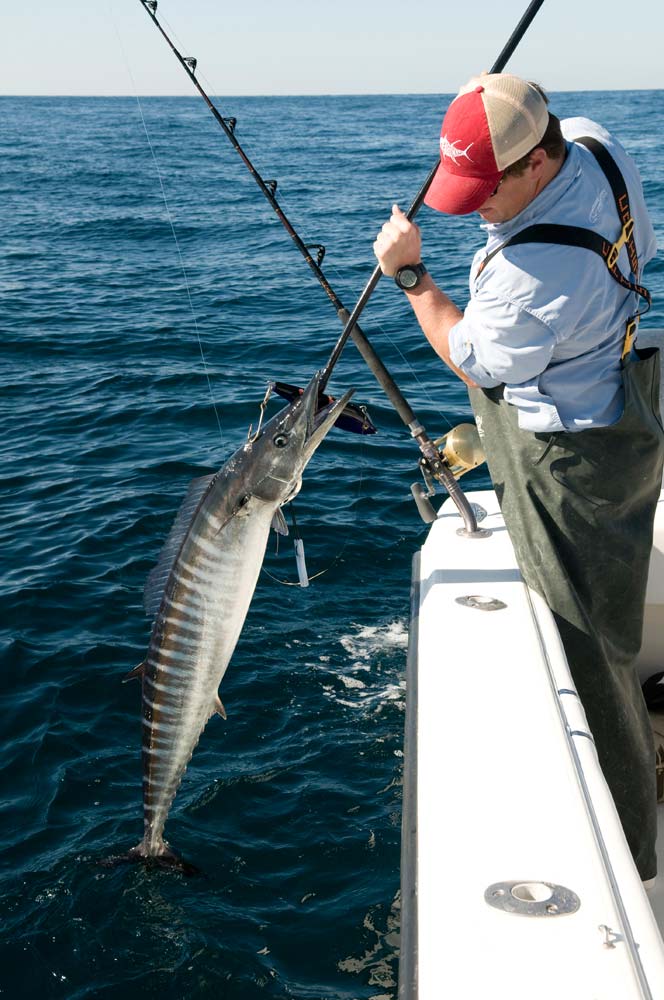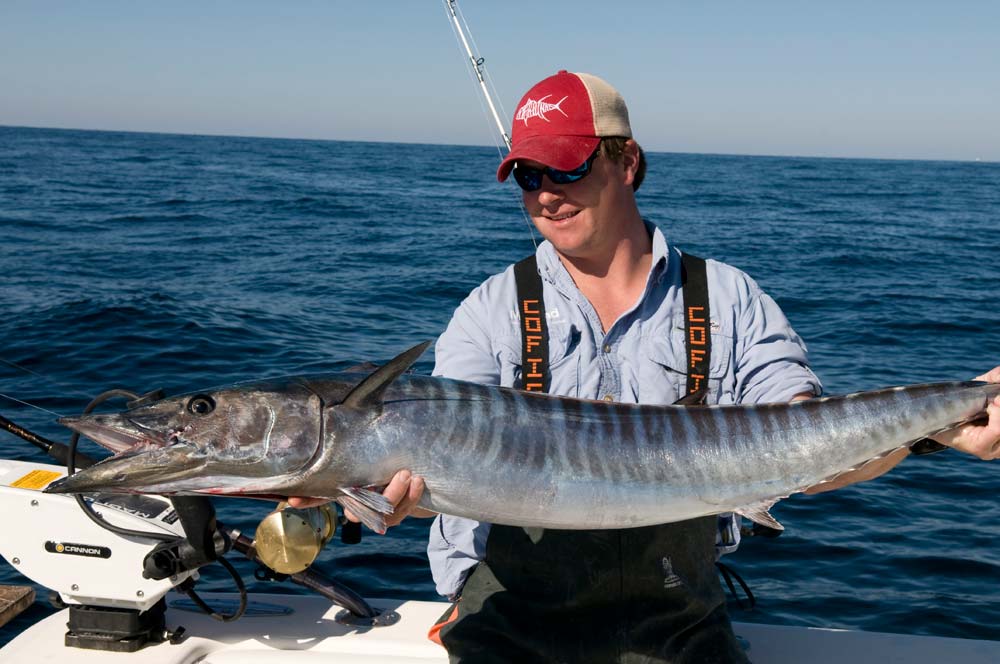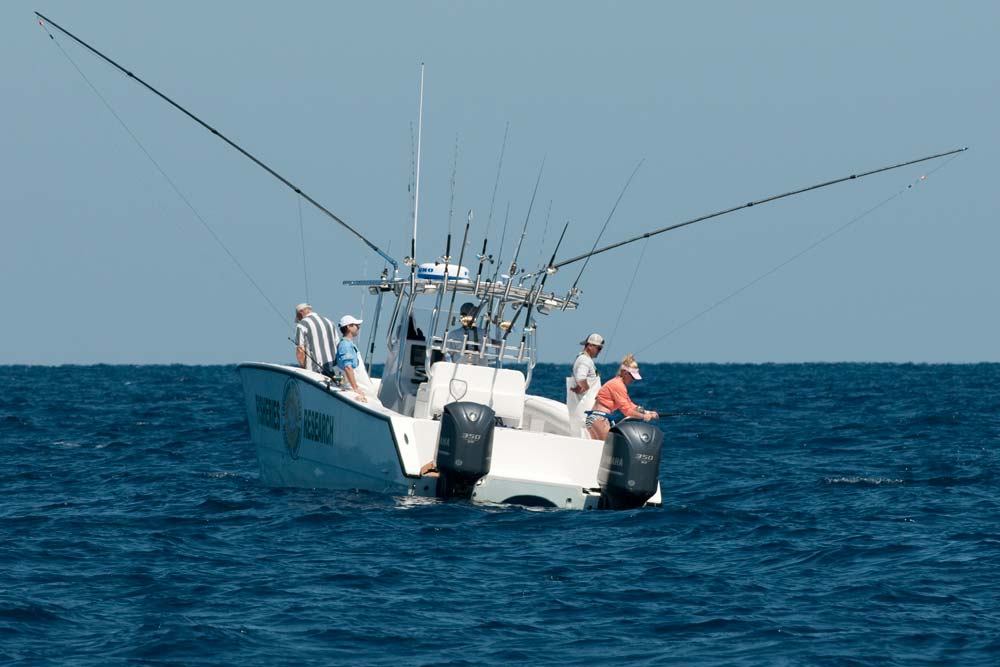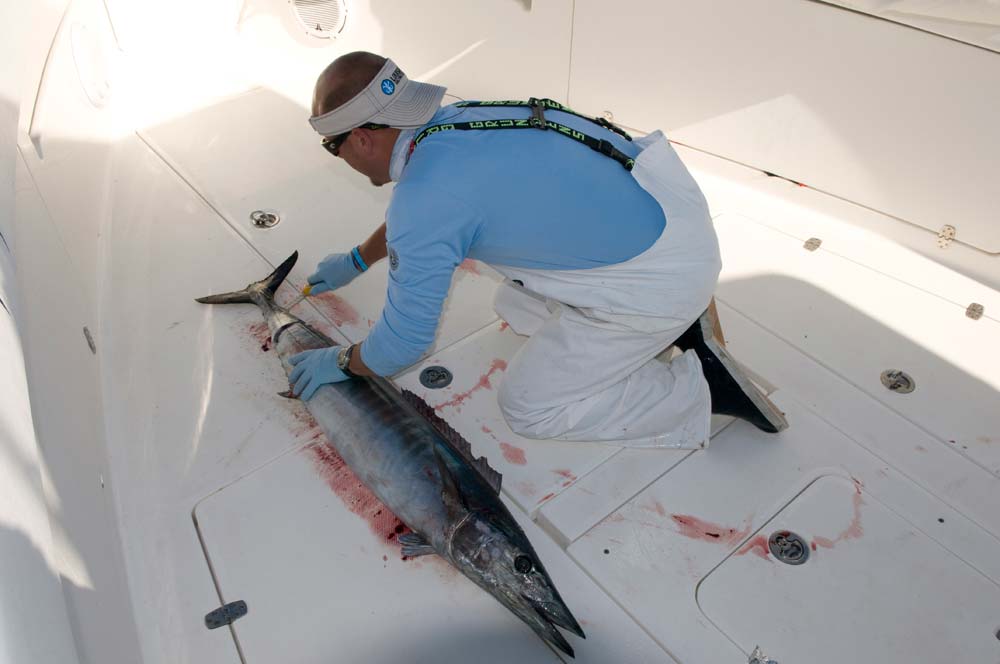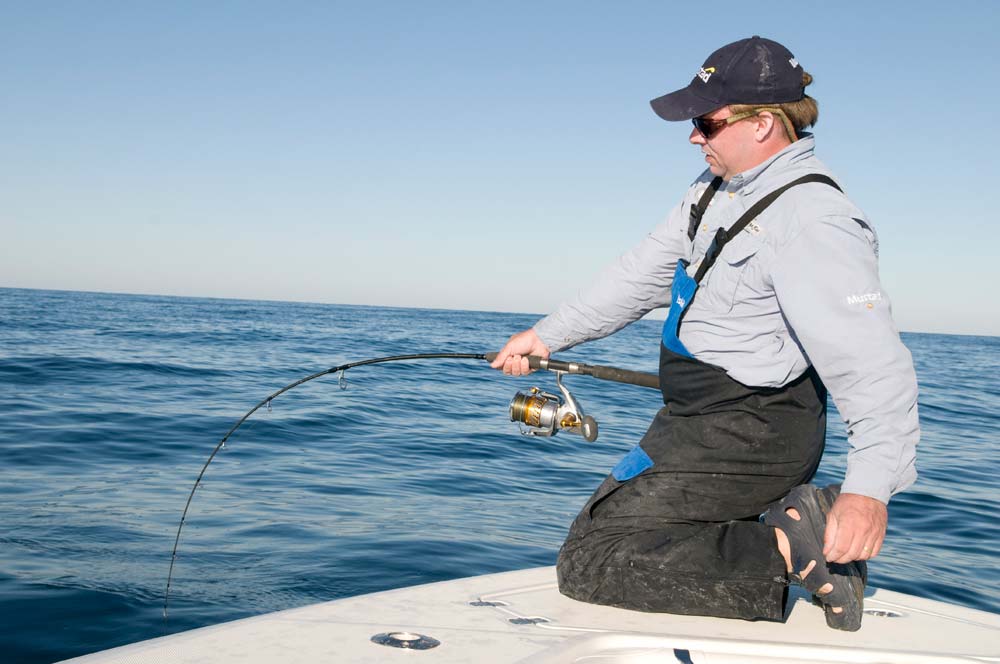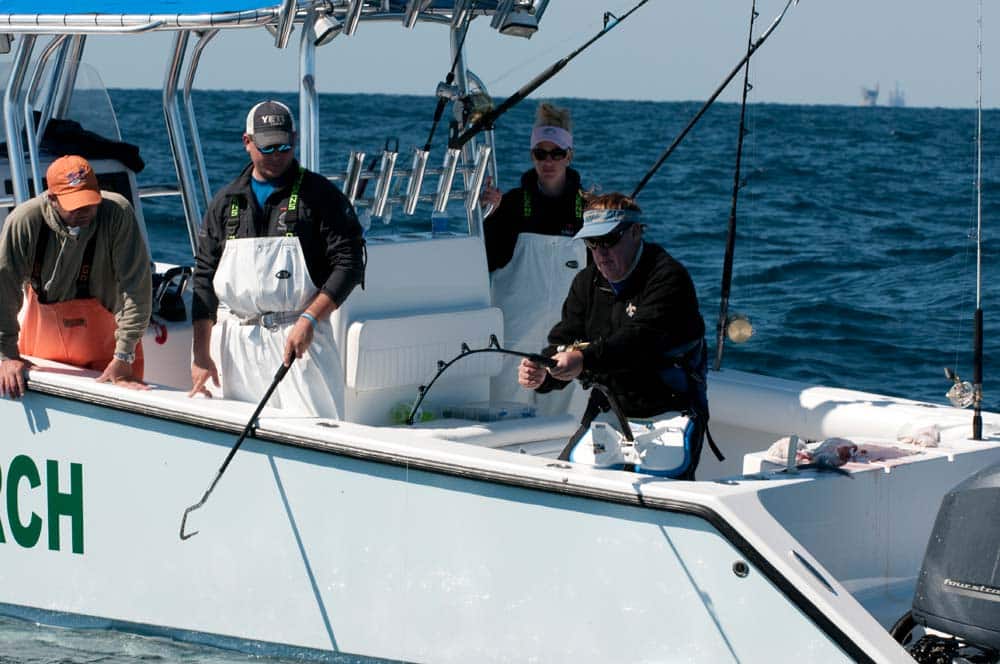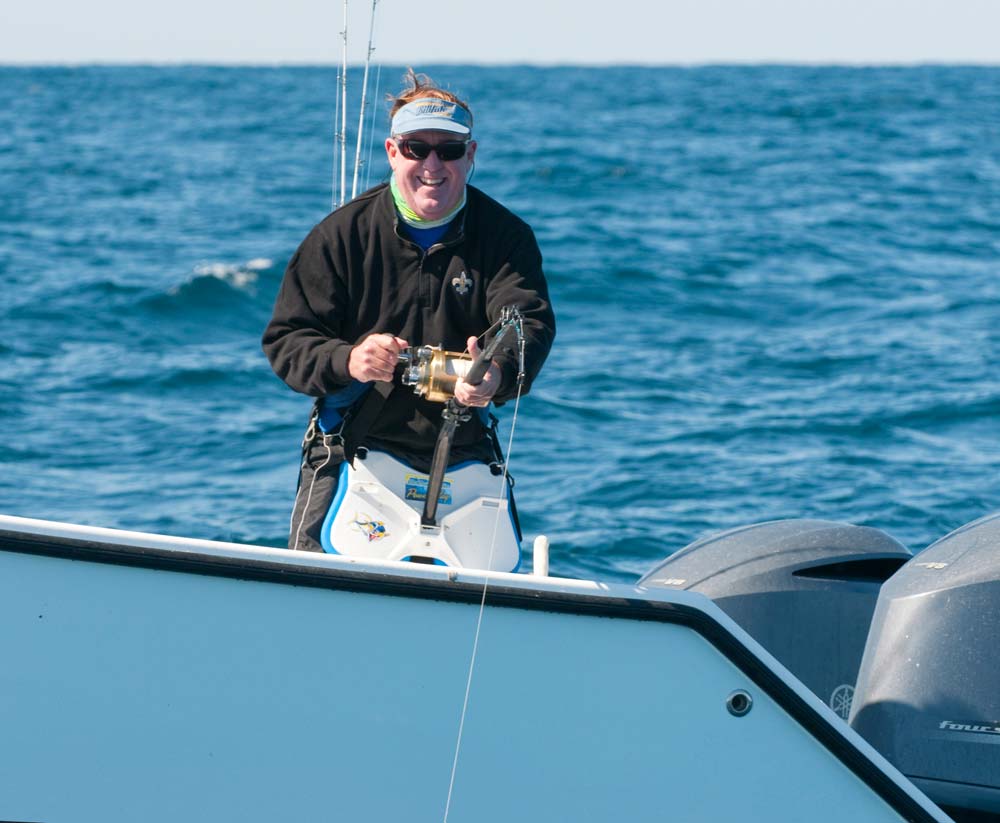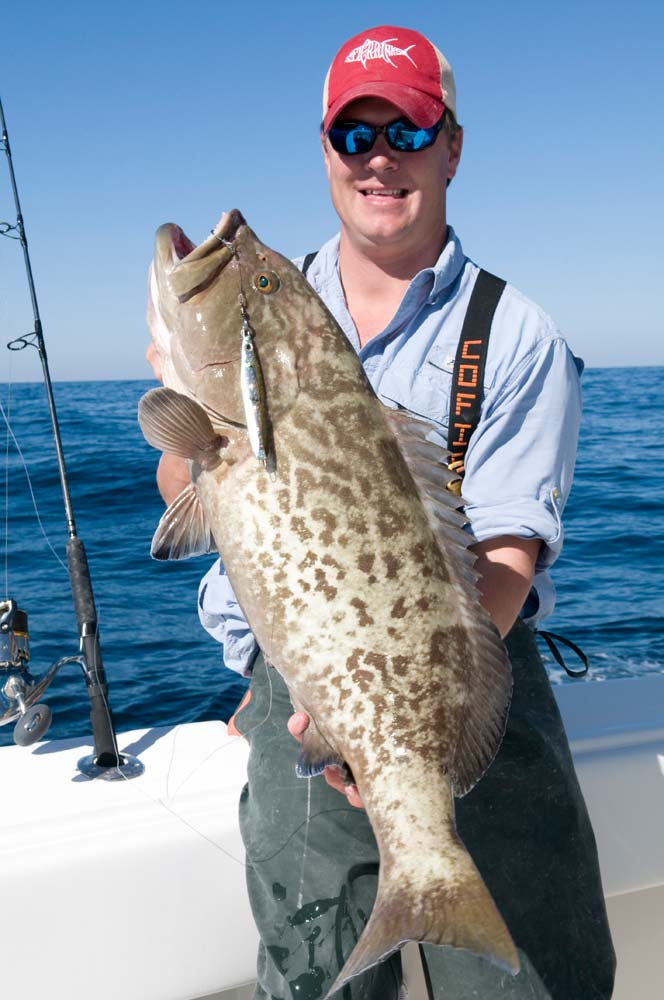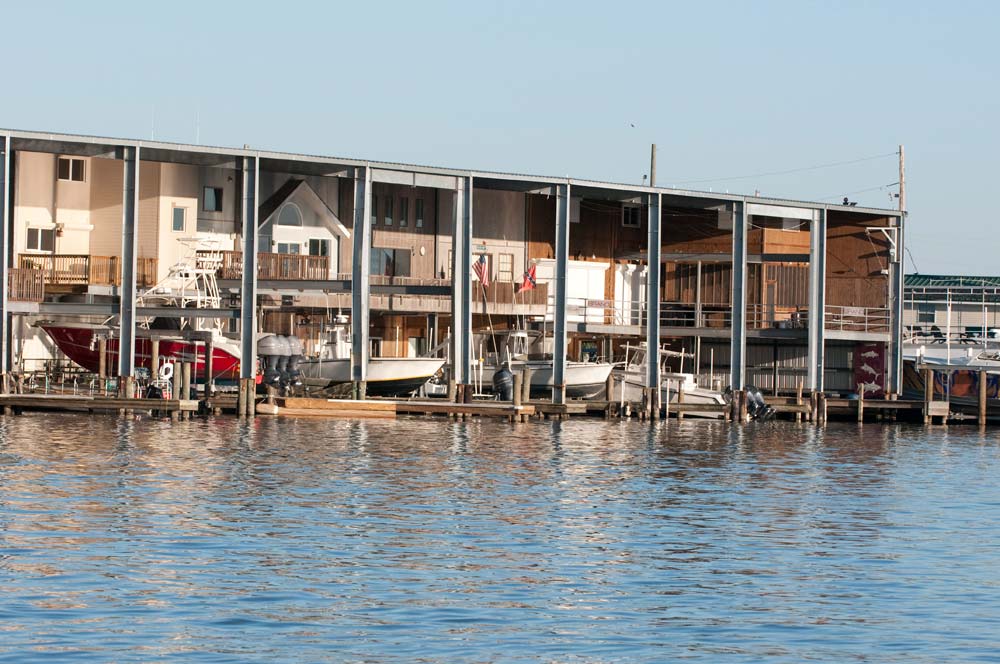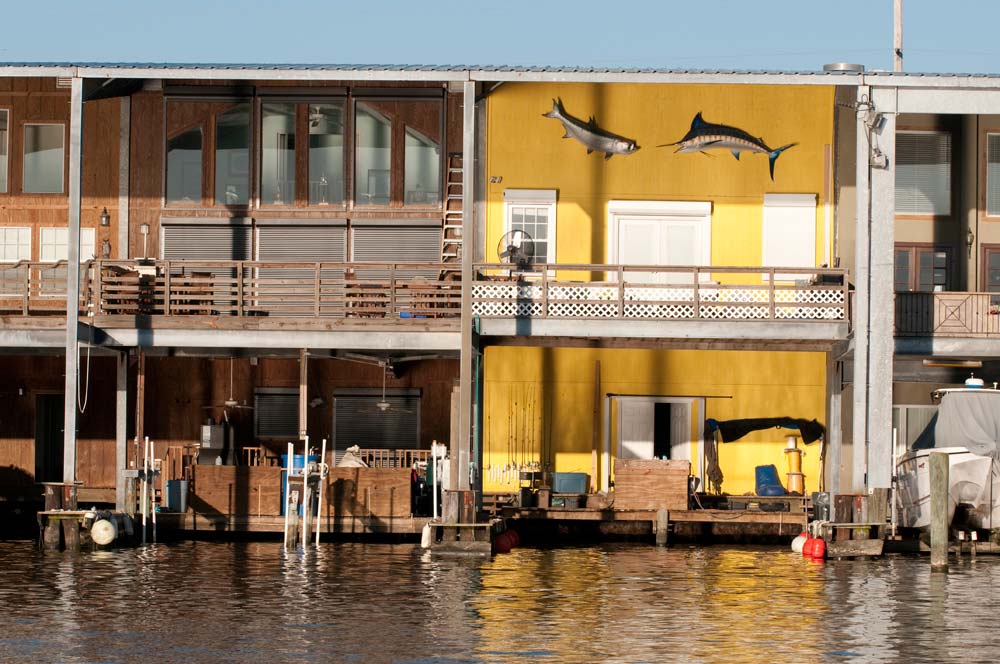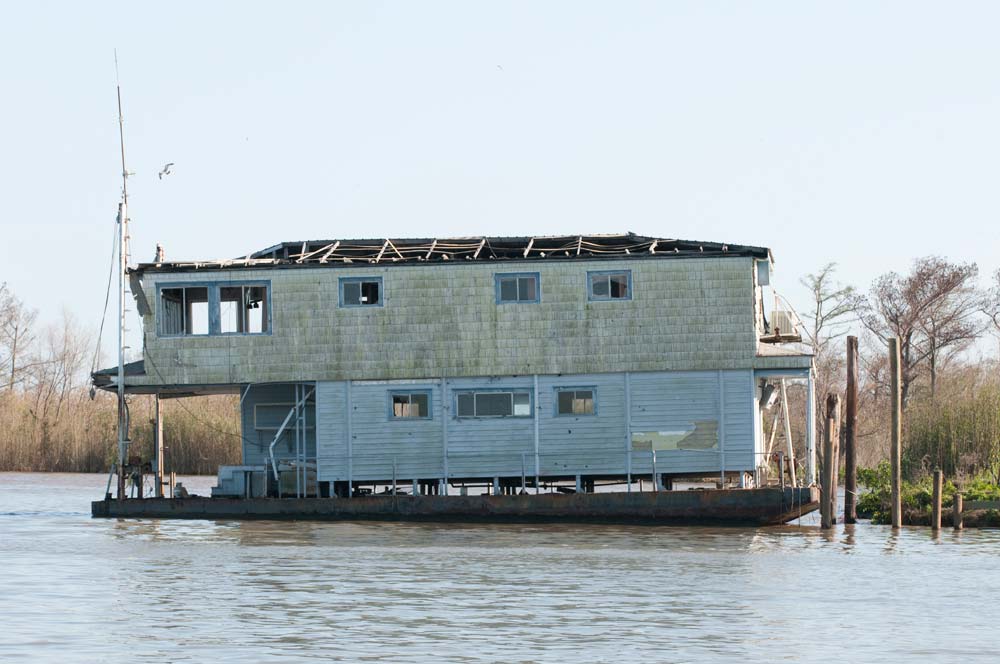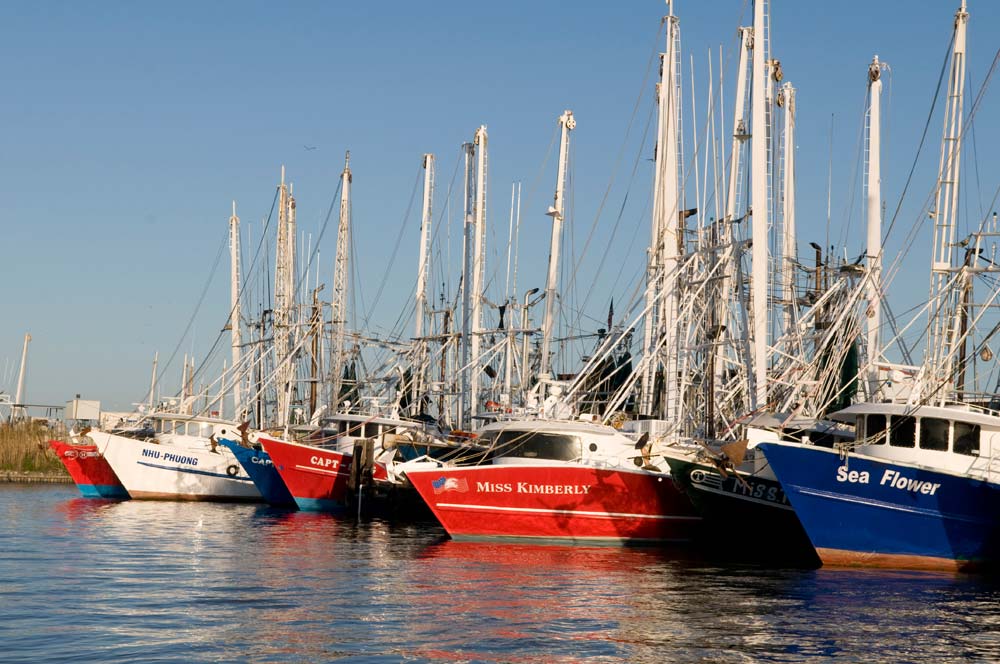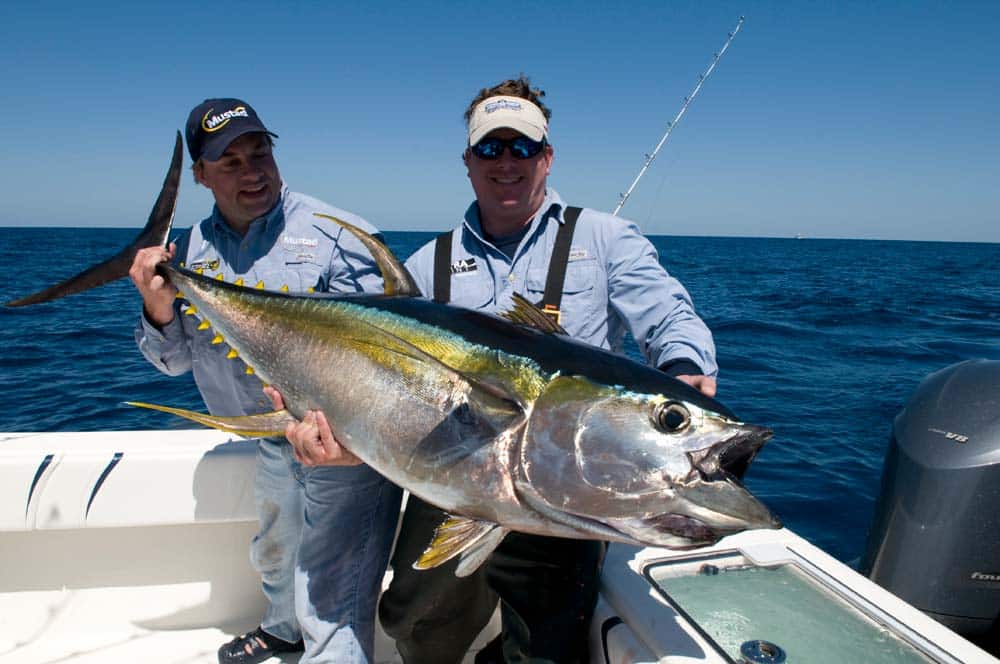
Last July, I flew from Miami to Las Vegas for the annual ICAST tackle show. The plane’s flight path went over the northern Gulf of Mexico south of the Louisiana mainland, and although it’s impossible to be certain, I think we flew very close to the actual Deepwater Horizon spill site.
From 35,000 feet, the passengers could clearly see the oil. People throughout the plane strained to see out the windows to get a glimpse of the massive slick on the water’s surface and of the dozens, if not hundreds, of boats large and small working on the cleanup.
The spill appeared much larger than we had imagined; we flew over oil for almost two hours. Many of us wondered aloud whether this incredible body of water, which has for decades provided some of the best fishing opportunities found anywhere in the world, would ever recover.
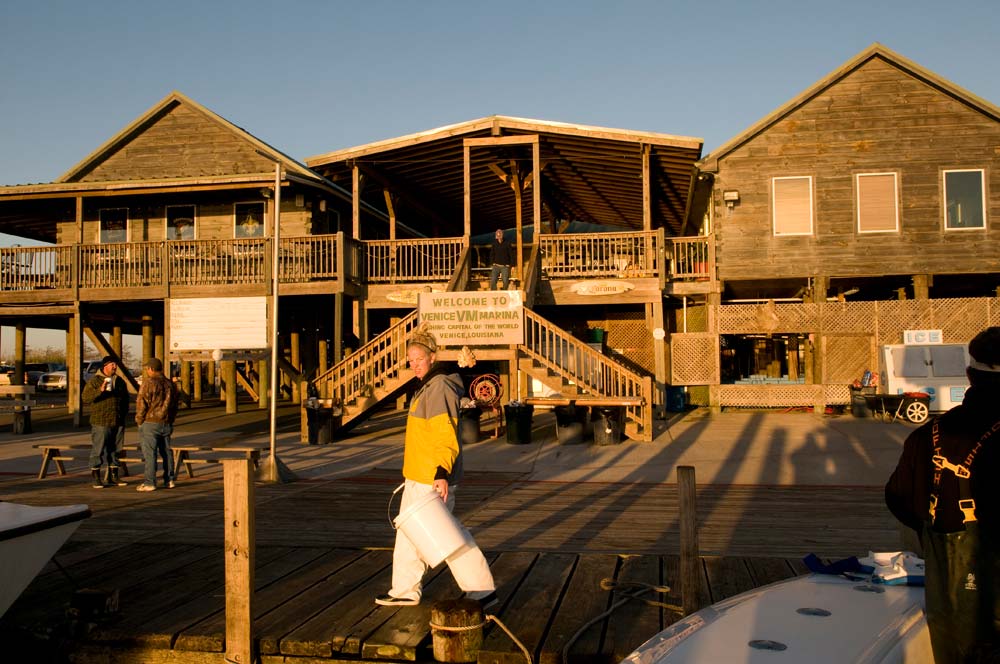
Rebirth
Fast-forward to March of this year, only eight months later. Early one morning, my wife, Poppy; friends Bobby and Kevin Carter of Ocean Springs, Mississippi; Jeff Pierce from Mustad; and I headed out of the southeast pass of the Mississippi River from Venice, Louisiana, with captains Rimmer Covington, Scott Sullivan and Eric Newman on an exploratory trip into the very waters I had flown over that past July.
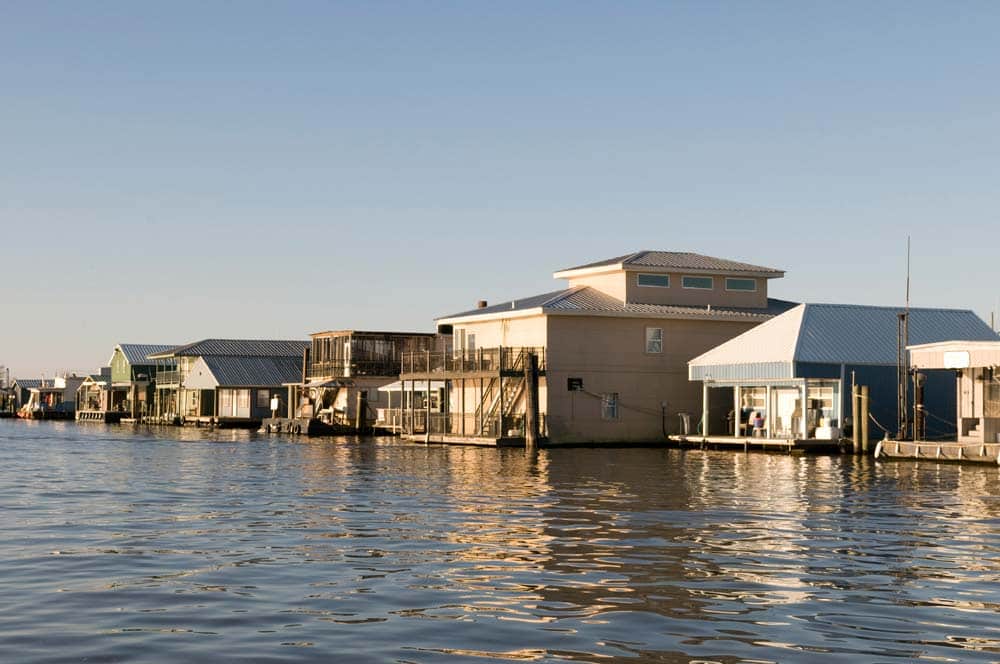
Our small fleet headed east to a natural-bottom area in the midst of several large oil rigs. This part of the Gulf has many natural reefs, as well as salt domes, underwater ridges where salt has pushed up through the surrounding rock, forming what’s known as a diapir. When we reached the desired spot, Sullivan began cutting up menhaden and chumming with a steady line of chunks.
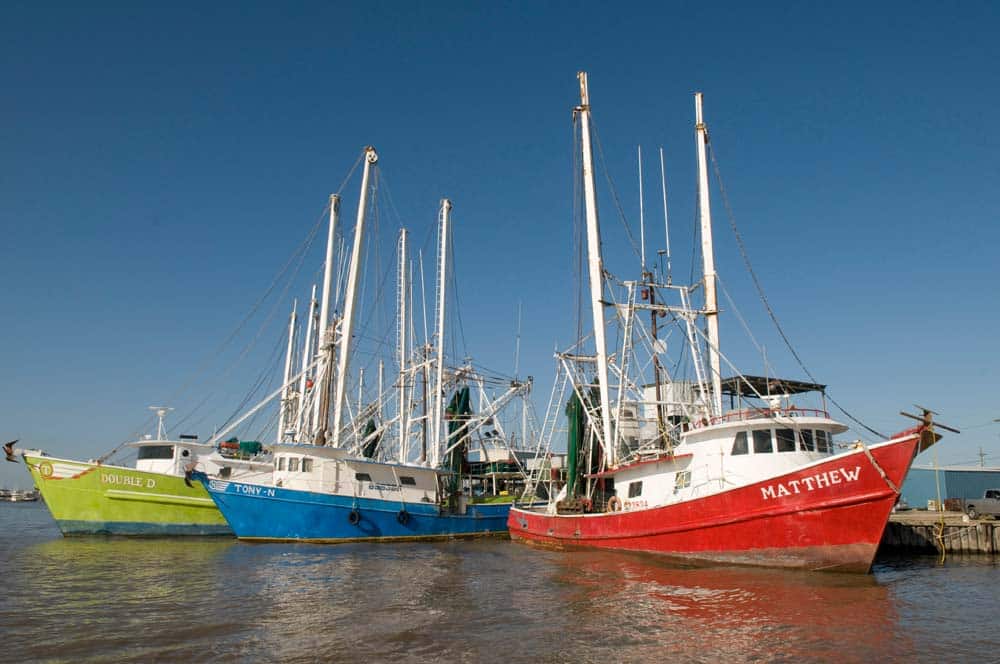
Targeting Yellowfin
While chunking might seem like a nonscientific method at first glance, there’s actually a lot of strategy to it. “We cut the menhaden into chunks that we consider ’portional to yellowfin,” Covington said, “meaning they’re the right size for big yellowfin to eat.” This crew fishes Mustad’s 7/0 39950BLN Demon Perfect Circle hooks on 80-pound Seaguar fluorocarbon leader, and in every hook bait Sullivan handed us, he’d cut a slot in which to hide the hook.
There’s additional strategy in deploying the chunks, since you want them to drift down naturally with the chum chunks. Getting one to do this involves coiling your line before tossing the chunk overboard, then pulling line off the rod tip with the reel in free-spool and the clicker on, piling line on the surface next to the boat so there’s almost no tension on the bait. You watch the line closely, and when the line speeds up, you throw the reel into gear and wind tight to the fish.
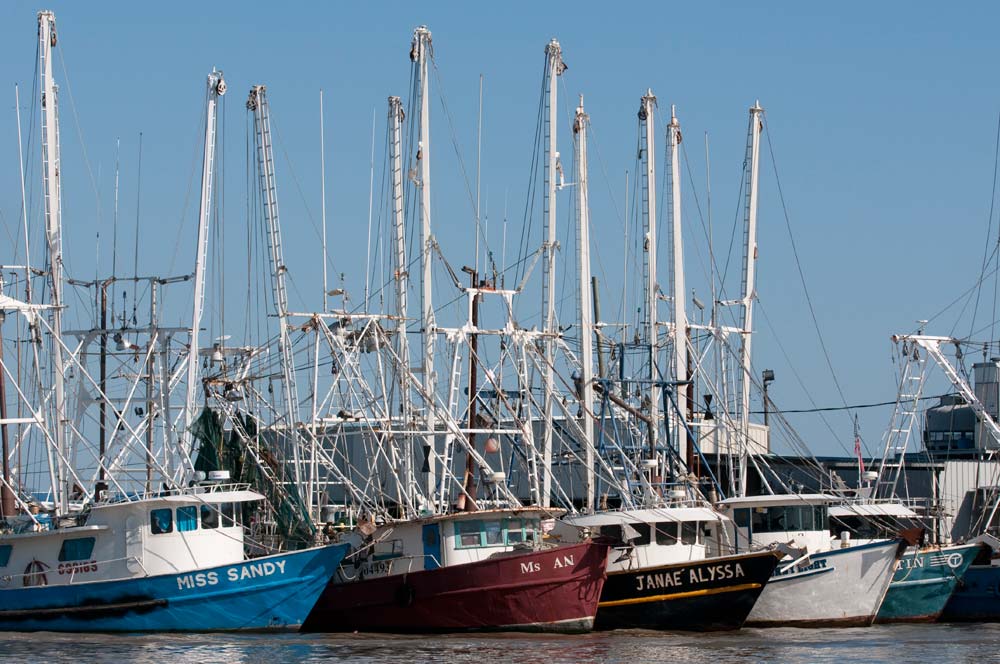
Instant Success
Almost immediately, blackfin tuna and little tunnies swarmed beneath the boat, attracting a considerable number of sharks, and then the kingfish showed up. The action came fast and furious, and we caught numerous smaller tunas and big kings on the chunks.
Then Newman’s rod went down hard, and we knew he had hooked a huge yellowfin. He fought the fish for 20 minutes or so, making some headway but not much — it was a very big fish — and as suddenly as it had taken the bait, it was gone. We all figured one of the bigger sharks made a meal of it.
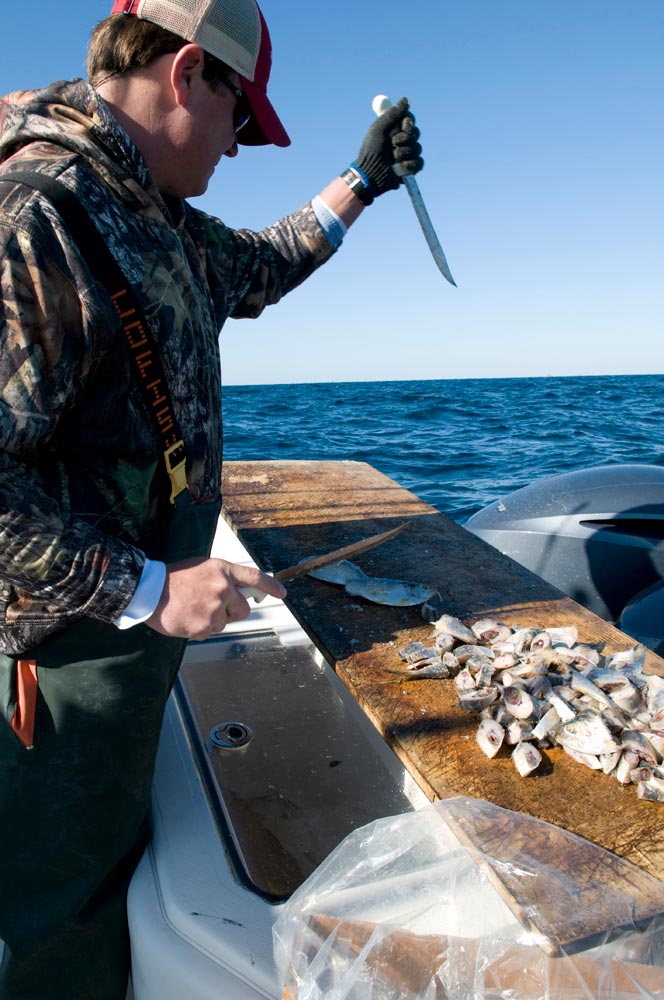
While we kept catching fish with the chunks, Pierce began fishing with Shimano jigging tackle and heavy braid, working a Butterfly jig up and down within a few feet of the bottom. He got one bite after another, hauling up gag grouper, a scamp and numerous small red snappers. This particular reef area was covered with fish throughout the water column, and the bites came in rapid succession no matter which method we chose.
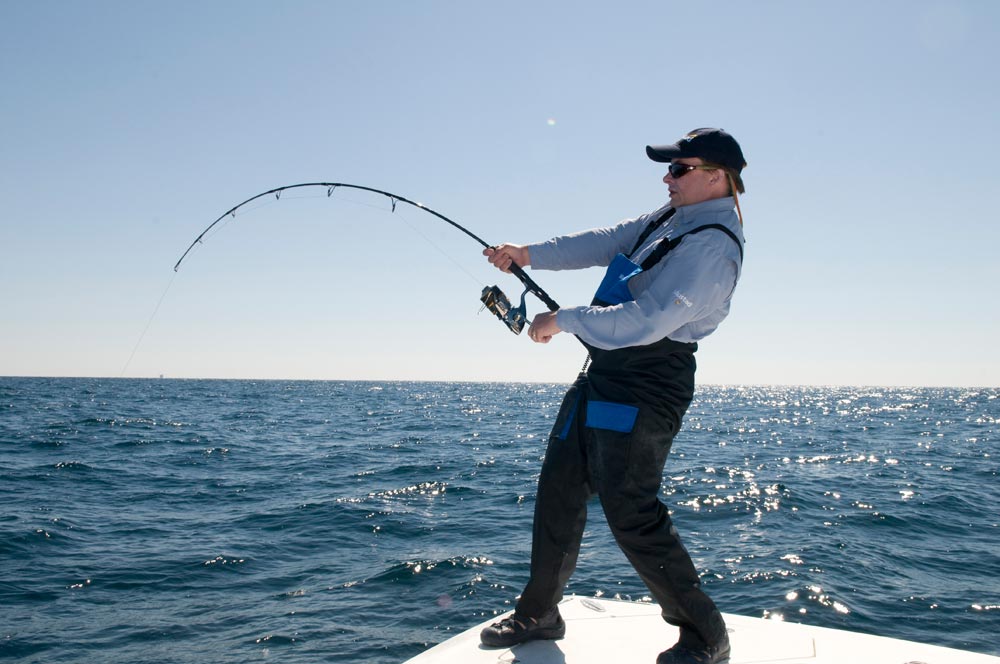
We did not land a yellowfin that day, but we did hit some of the close-by oil rigs that afternoon, and Sullivan caught a nice wahoo on a swimming plug as we trolled by a rig. We jigged some too, and Sullivan also hauled up a large gag grouper. These rigs teem with life. “Basically, we have the largest artificial reef system in the world,”
Covington said. We saw fish of all kinds around the rigs, including the largest school of jack crevalles I’ve ever encountered.
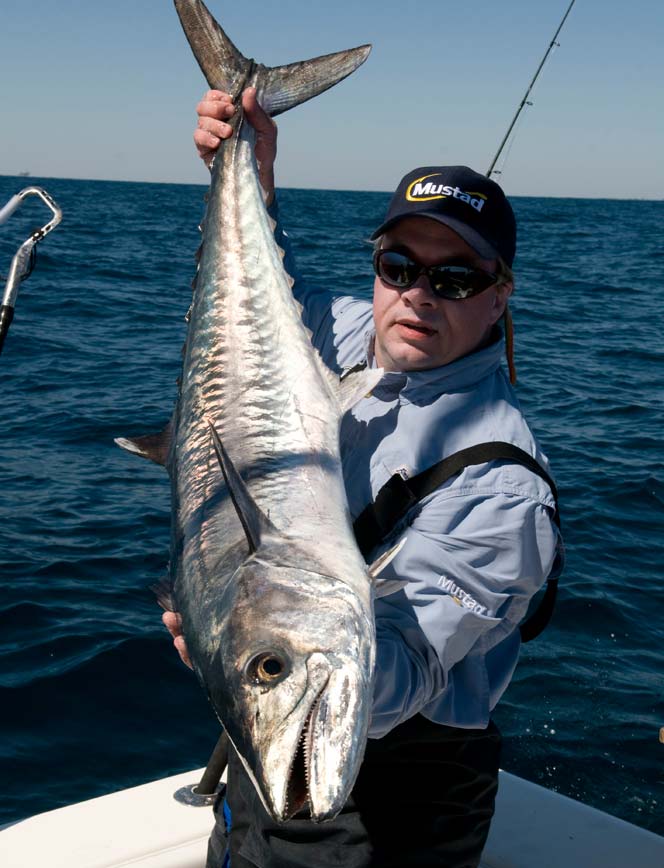
Going Deep
That afternoon as we headed back to Venice, we decided to go south the next day for deep water, where huge floating rigs usually hold lots of big fish. The next morning, we headed out of South Pass, bound for a rig 57 miles offshore.
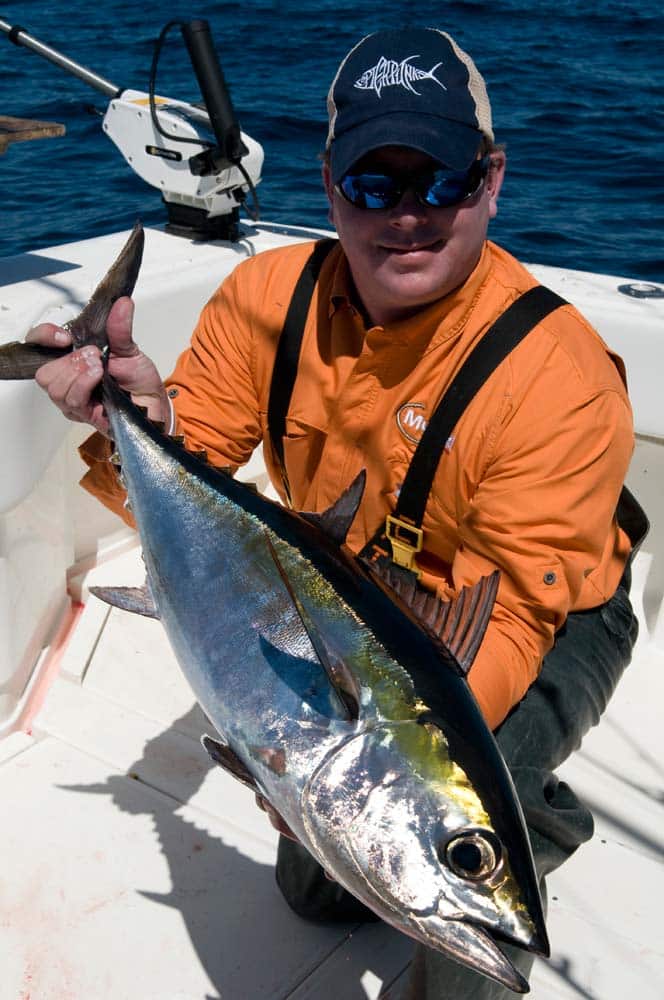
“These floating rigs are off the shelf,” Covington explained on the way out, “sitting in water that’s from 1,000 to 6,000 feet deep. We use satellite data, including chlorophyll maps, trying to locate clean, blue water, which is generally warmer than green water. In the cooler months, we look for water that’s between 68 and 78 degrees, and in the summer, we want water that’s less than 85 degrees.”
After a speedy offshore run in Covington’s 39 SeaVee, we pulled up to the rig we had targeted but soon discovered that it had divers working on it from a huge crew boat, which informed us by radio we could not fish within a mile of the structure. This sometimes happens, as the commercial operation of the rig takes priority.
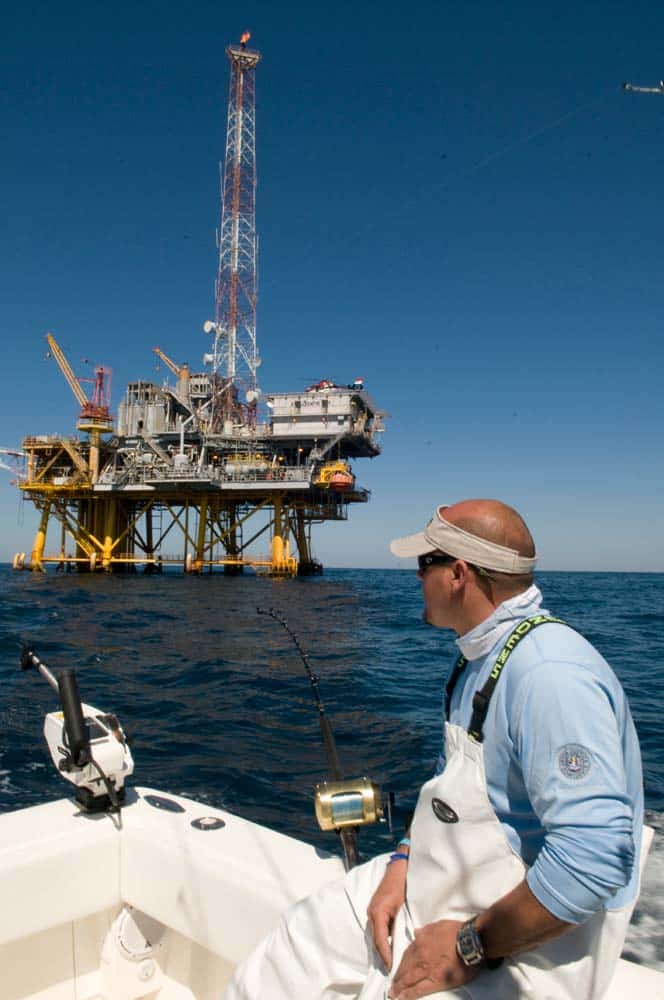
Next Rig
Covington made the decision to head farther out to another rig we could see in the distance (many can be seen for 20 miles or more). As we pulled up to it, we saw a large Viking with an angler standing at the transom, his heavy tackle bowed over hard. We thought the fish was a big yellowfin, but it turned out to be a 500-pound mako shark.
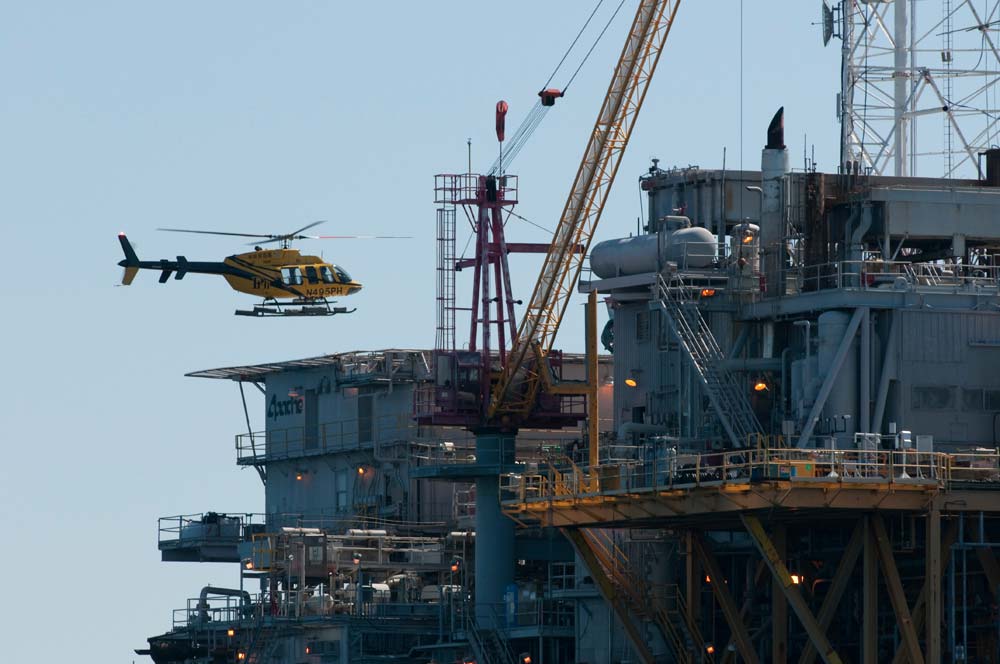
The tuna were there, though, as we saw bait dimpling the surface, with frequent busts as the tuna crashed the schools. We pulled up close to the rig and deployed sabiki rigs, filling the livewell with nice-size tinker mackerel and Spanish sardines in no time.
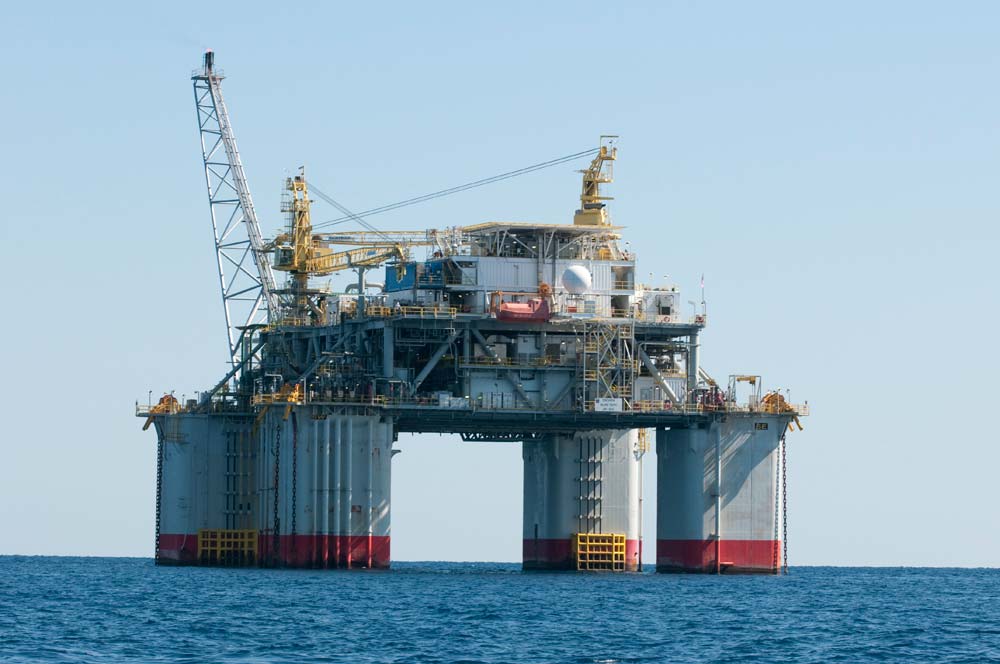
Finding the Fish
Covington stared into his sounder screen as he searched for the fish below. “The sounder is the most important piece of fishing equipment on our boat,” he said. “It’s our eyes. Nine times out of 10, we find the fish up-current of the rig, as close as 100 yards and as far away as a mile.”

Sure enough, we marked a large school of tuna about 100 feet down, just up-current of the rig, and it didn’t take long for them to find our live baits. Newman and I each caught a yellowfin of about 50 pounds right off the bat, but it was Pierce who hit pay dirt a few minutes later, bagging a tuna of about 150 pounds on a live mackerel.
We caught fish until our arms and backs ached, and we could have loaded the boat with yellowfins, but we left them biting because we had to head in a little early to catch a flight. On the ride back, we all agreed — the fishing off Louisiana survived the Deepwater Horizon disaster and is back.
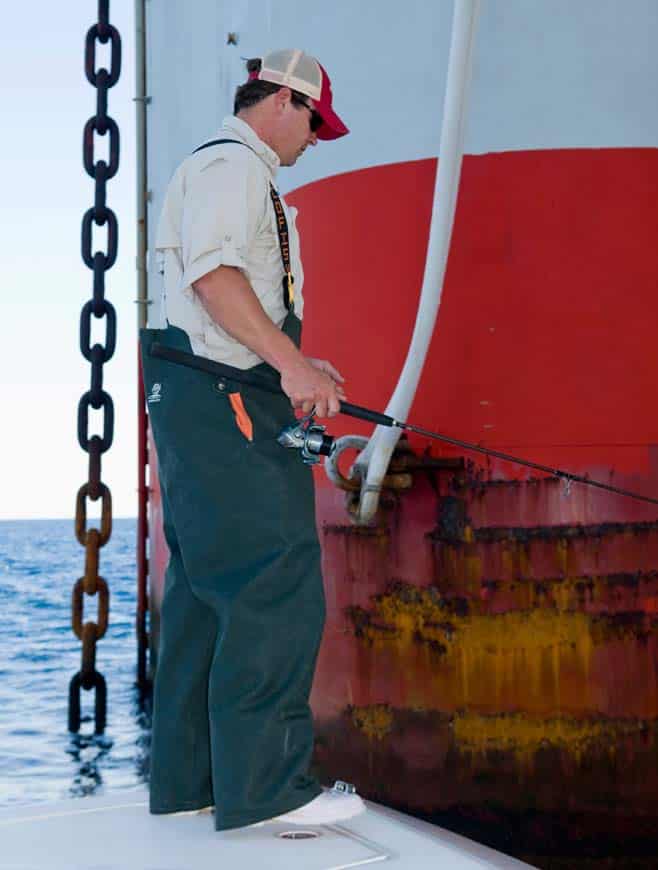
Tackle Box
Rods: 30- to 50-pound conventional rods rigged for stand-up fishing; jigging rods for bottom jigging 1; light spinners or casting tackle for smaller tunas.
Reels: 30- to 50-pound conventional reels rigged with mono or braid 2; high-quality spinning reels with strong drags capable of applying substantial pressure for jigging.
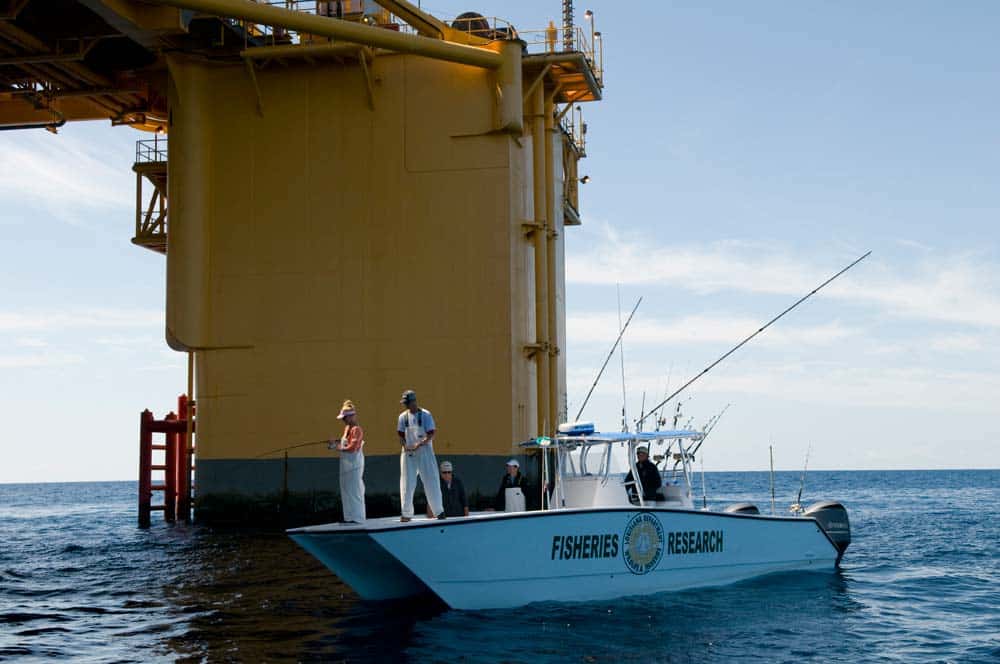
Lures and baits: Butterfly-style jigs, surface poppers, swimming trolling lures 3. Live baits, including Spanish sardines, tinker mackerel and blue runners (known locally as hardtails), and flats of frozen menhaden for chunking.
Terminal tackle: 80-pound fluorocarbon leader for yellowfins, plus stout hooks like the Mustad 39950BLN Demon Perfect Circle.
What: Offshore fishing for yellowfin tuna, blue and white marlin, wahoo, king mackerel, grouper, red snapper, amberjack and more.
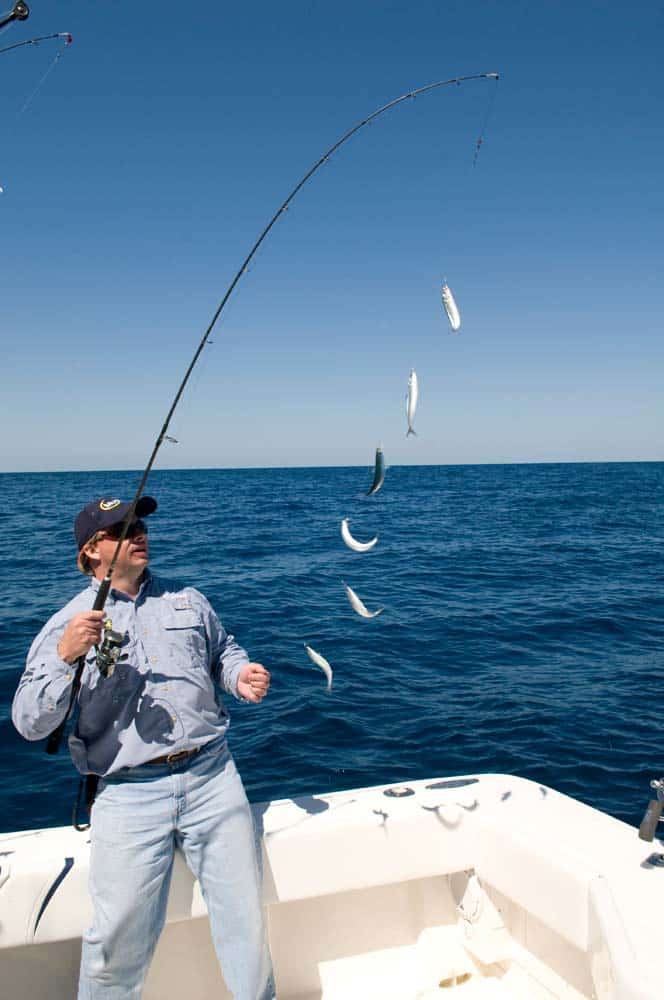
Where: Northern Gulf of Mexico off Venice, Louisiana, and along coastal Mississippi.
When: Year-round. “One of the coolest things about the northern Gulf is that you can target big yellowfin tuna 365 days a year,” said Covington. “Not many places can make that same claim.”
